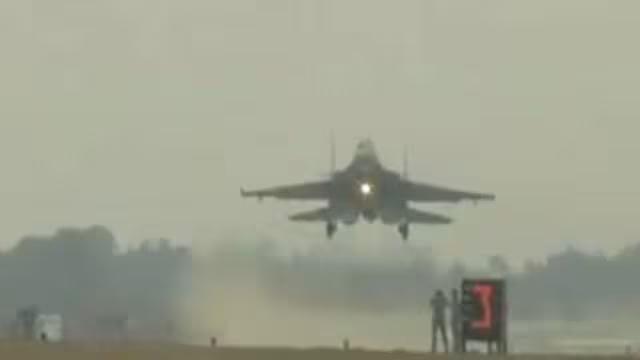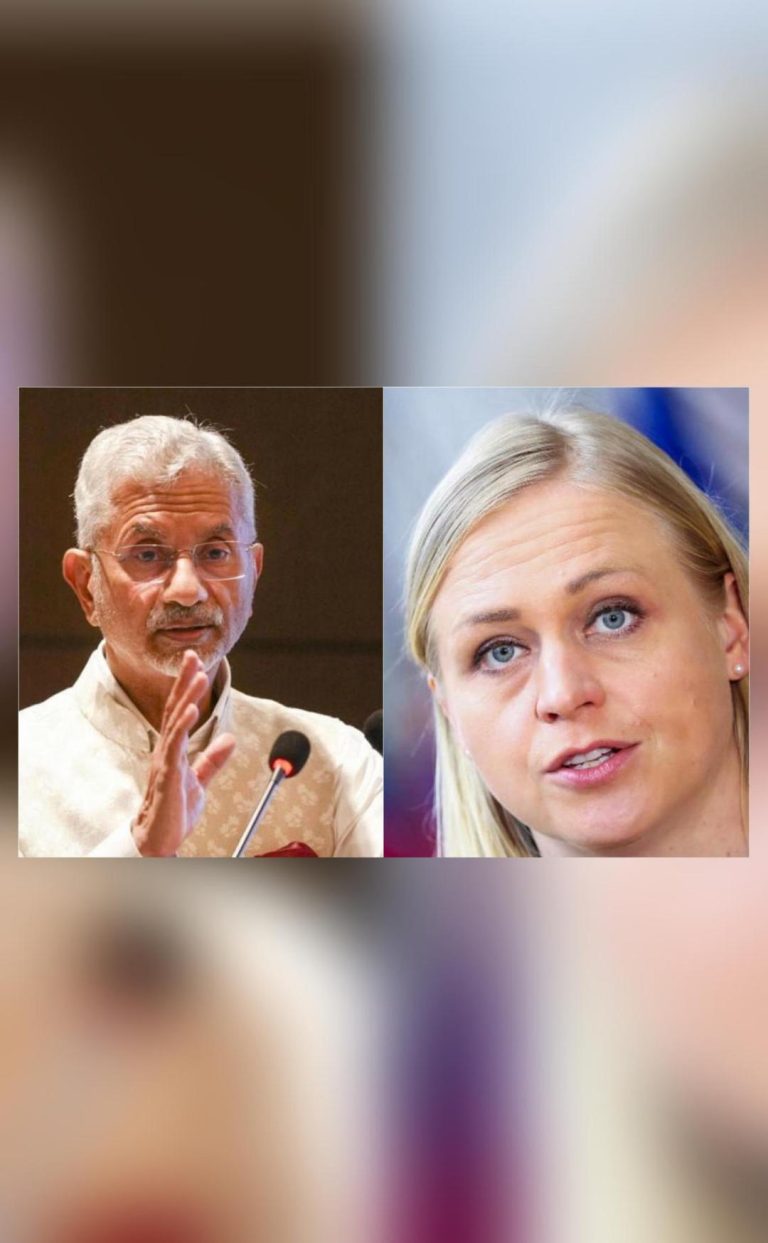
Why is IAF conducting fighter jets’ landing & take-off drill at Ganga Expressway in UP?
The Indian Air Force (IAF) recently conducted a groundbreaking exercise on the Ganga Expressway in Uttar Pradesh, showcasing the capabilities of the expressway as a potential alternative runway for fighter jets. The exercise, which took place both during the day and night, involved the Rafale fighter jets and aimed to assess the expressway’s potential as a makeshift airstrip in times of war or national emergencies. This innovative initiative has generated significant interest and curiosity among the public, leading to the question – why is the IAF conducting such a drill on the Ganga Expressway?
To understand the significance of this exercise, it is essential to analyze the context and implications. The Ganga Expressway, a 594-kilometer long highway, is a vital infrastructure project that aims to connect Lucknow, the capital of Uttar Pradesh, to the city of Prayagraj, situated on the banks of the Ganges River. While the primary purpose of the expressway is to improve connectivity and reduce travel time between the two cities, the IAF’s decision to conduct take-off and landing exercises on the expressway highlights its potential as an alternative runway.
The IAF’s interest in the Ganga Expressway can be attributed to its strategic location. Situated in the heart of India, the expressway provides an ideal location for a makeshift airstrip, particularly during times of crisis or conflict. The exercise was conducted to test the expressway’s capabilities to handle fighter jets, including the Rafale, during both day and night operations. This demonstrates the expressway’s potential to serve as a backup runway, ensuring the IAF’s readiness to respond to any national emergency.
Another significant aspect of the exercise is its focus on night operations. The IAF’s ability to conduct take-offs and landings at night is crucial, as it allows the force to remain effective and responsive even in low-visibility conditions. The Ganga Expressway’s ability to accommodate night landings of fighter jets underscores its potential as a reliable and versatile alternative runway.
The IAF’s decision to conduct the exercise on the Ganga Expressway also reflects its commitment to innovation and adaptability. In today’s rapidly changing security landscape, the IAF must remain prepared to respond to emerging threats and challenges. The use of the expressway as a makeshift airstrip demonstrates the force’s ability to think outside the box and leverage existing infrastructure to enhance its operational capabilities.
Furthermore, the exercise on the Ganga Expressway highlights the importance of effective communication and coordination between the IAF, the Uttar Pradesh government, and other stakeholders. The successful conduct of the exercise is a testament to the strong relationships and trust built between these entities, which is critical for the effective execution of such complex operations.
In conclusion, the IAF’s decision to conduct take-off and landing exercises on the Ganga Expressway is a significant development that underscores the expressway’s potential as an alternative runway during times of crisis or conflict. The exercise, which included night operations, demonstrates the expressway’s capabilities to handle fighter jets, including the Rafale. This innovative initiative reflects the IAF’s commitment to adaptability, innovation, and effective communication, ensuring the force remains ready to respond to emerging challenges and threats.






